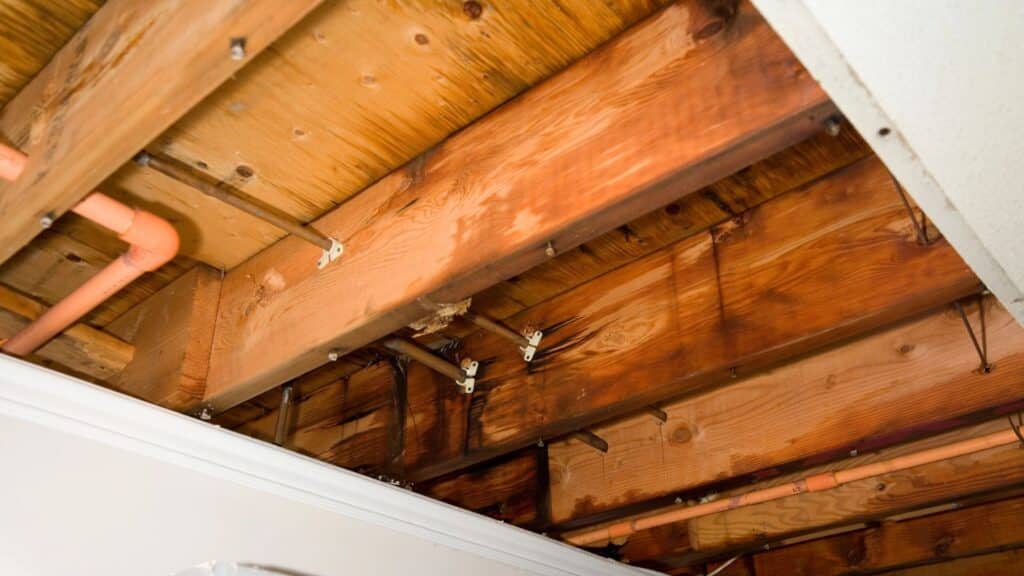When the cold weather hits, the last thing you want is for your furnace to break down. One of the most critical components of your furnace is the control board. This small, yet vital part, manages the operation of the furnace and ensures that it runs smoothly.
In this article, we’ll discuss common furnace control board repairs, how to troubleshoot these issues, and ways to avoid emergency furnace repairs. We’ll also touch on the importance of regular furnace tune-ups and when you might need professional help.
What Is a Furnace Control Board?
The control board is essentially the brain of your furnace. It manages the ignition process, monitors safety features, and regulates the blower motor and gas valve. Without a functioning control board, your furnace won’t work properly, leading to various issues that could require emergency furnace repair.
Furnace Control Board Problems
Faulty Ignition
A common issue with furnace control boards is a faulty ignition system. If your furnace isn’t igniting, it could be due to a problem with the control board. This issue often manifests as the furnace failing to start or producing no heat.
Blower Motor Issues
The blower motor circulates warm air throughout your home. If the control board isn’t functioning correctly, the blower motor might not work, leading to uneven heating or no heating at all.
Short Cycling
Short cycling occurs when the furnace turns on and off frequently. This not only reduces the efficiency of your furnace but also puts extra strain on the control board and other components. Short cycling can be caused by a malfunctioning control board that misinterprets signals.
Error Codes
Modern furnaces often display error codes when something goes wrong. These codes can help you troubleshoot the issue. A malfunctioning control board might produce incorrect error codes, making it difficult to diagnose and fix the problem.

Troubleshooting Furnace Control Board Issues
Check Power Supply
Ensure that your furnace is receiving power. Check the circuit breaker and make sure the furnace switch is turned on. Sometimes, a simple power issue can be mistaken for a more complex problem.
Inspect Wiring
Examine the wiring connected to the control board. Look for any loose, frayed, or disconnected wires. Reconnecting or replacing damaged wires can often resolve the issue.
Look for Burn Marks
Inspect the control board for any burn marks or signs of damage. Burn marks usually indicate that the board has short-circuited and needs to be replaced.
Reset Furnace Control Board
Sometimes, resetting the control board can fix minor issues. Turn off the furnace, wait for a few minutes, and then turn it back on. This can sometimes reset the system and resolve the problem.
Consult the Manual
Refer to your furnace’s manual for specific troubleshooting steps and error codes. The manual often provides valuable information on how to diagnose and fix common issues.
When to Call a Professional
24/7 Furnace Services

While some control board issues can be resolved with basic troubleshooting, others may require professional intervention. Here are some signs that you should call an HVAC technician:
- Persistent Issues: If the problem persists despite your troubleshooting efforts, it’s time to call a professional.
- Complex Repairs: Replacing a control board or dealing with complex electrical issues should be left to the experts.
- Safety Concerns: If you smell gas or notice any other safety hazards, turn off the furnace immediately and call a professional.
Avoid Emergency Furnace Repairs
Regular Maintenance
One of the best ways to avoid emergency furnace repairs is through regular maintenance. Schedule annual furnace tune-ups to ensure that all components, including the control board, are functioning correctly.
Change Filters
Dirty or clogged filters can strain your furnace and lead to control board issues. Change your filters regularly to maintain optimal performance.
Monitor Performance
Keep an eye on your furnace’s performance. If you notice any unusual noises, odors, or changes in heating efficiency, address the issue promptly to avoid more significant problems down the line.
Use Quality Parts
When replacing components, always use high-quality parts that are compatible with your furnace model. Low-quality or incompatible parts can cause more harm than good.
The Importance of Furnace Tune-Ups
Regular furnace tune-ups can help identify potential issues before they become major problems. During a tune-up, an HVAC technician will inspect and clean the furnace, check the control board, and ensure that all components are working correctly. This preventive maintenance can save you time, money, and stress in the long run.

Furnace Repair in Calgary
Choosing The Right Technician
If you’re in Calgary and need furnace repair, there are many qualified professionals available to help. Whether it’s a control board issue or another common furnace problem, a skilled technician can diagnose and fix the issue promptly.
When selecting a furnace repair technician, consider the following:
- Experience: Choose a technician with extensive experience in furnace repair and installation.
- Reputation: Look for reviews and testimonials from previous customers.
- Certifications: Ensure the technician is certified and licensed to perform HVAC repairs.
- Warranty: Ask about warranties on parts and labor to protect your investment.
Furnace Repair Near Me
At AAA Heating & Plumbing, we understand how essential your furnace’s control board is to keeping your home warm and comfortable during Calgary’s cold winters. By recognizing common issues and addressing them early, you can avoid the inconvenience of emergency repairs and ensure your system runs efficiently.
Regular maintenance and timely troubleshooting are key, but when professional help is needed, we’re here to support you. If you’re experiencing issues with your furnace control board or need a reliable tune-up, reach out to our expert HVAC technicians. We’re available 24/7 to keep your home cozy all winter long.







